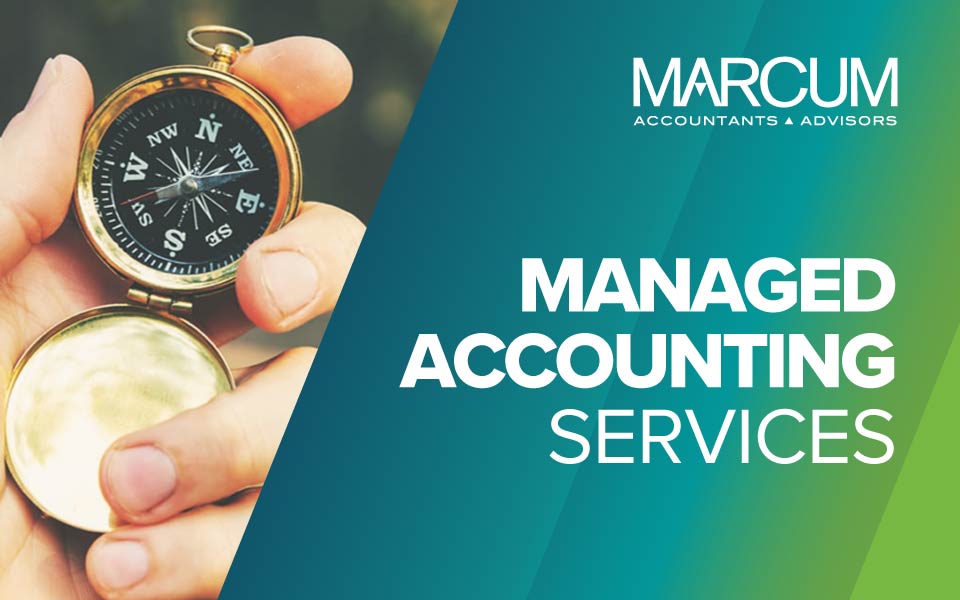Improving Accounts Receivable Collections (Part 2 of 6): Prioritizing Accounts Receivable Collections Management
Over the next several weeks, we’re pleased to host a series of blogs authored by e2b teknologies aimed at improving your ability to collect accounts receivable. In addition, on April 10, e2b will be hosting a free live webinar entitled “6 Steps to Developing a World Class Business Credit Policy & Collections Action Plan.
Two things are true for most businesses:
1) a significant percentage of sales (and therefore receivables) are concentrated in a small percentage of customers
2) they have insufficient staff resources to contact every customer about past due payments.
Suggestion: adopting a collection strategy or collections management software system that identifies priority accounts for ongoing personal attention and uses efficient automated processes to contact the others.
Start by creating a “Top 20” list that is composed of these priority customers. Usually about 20% of your active customer base accounts for 80% of the activity and you should focus your limited collection resources on these customers where personal contact will have the maximum impact. The number of customers on the list will be determined by your available staff resources – how many relationships can they manage given the time they have available for collection activity?
Create the list by evaluating accounts across several dimensions:
- Account balance. Obviously, large amounts are your primary focus.
- Payment history. Are they slow and erratic payers or do they pay consistently without the need for reminders?
- Purchase history. You have more leverage over customers that purchase frequently and who may be dependent on your for products or services that are critical to their business.
- History of interactions. Are they easy or difficult to work with? As painful as it may be, limited resources should be directed at the tough collection situations.
- General collection risk. A high-level assessment of a customer’s ability to pay based on their industry and location will also come into play.
- Specific collection risk. Likewise, company information (e.g. length of time in business) is also a predictor of collection rise.
- Profit margin on sales. Low margin accounts are high priority because carrying costs erode profit so the sooner you collect the better.
Determine who is on the list by analyzing aging reports and history of customer activity and interactions. A collections automation tool like Anytime Collect would be helpful in large, dynamic environments by bringing all this information together in one place. The actual number of accounts that can be managed will depend on the collections staff resources available. The list should be reviewed at least quarterly to reflect changes in your account base (new customers coming on board, old ones that stop buying).
Once you have the list you can start managing collections more effectively.
Learn about them. Document their purchasing and payment history. If they are a large company that always pays in 60 days set that as your expectation. If they have specific paperwork requirements to get an invoiced processed through their system be sure the people in your organization that do the billing are aware of them.
- Identify key personnel. Identify and build relationships with the individuals at each customer who are involved in the payment process – AP clerk, approving managers, CFO/Controller, etc. Obtain accurate contact information and determine their preferred mode of contact. Some people prefer email, others like faxes or phone calls.
- Establish policies for collections. I have talked about collection strategies and variations on those strategies in previous posts. Be open to establishing highly customized strategies for collecting from your largest customers. Adapting to their procedures and protocol will be a big help in moving paperwork through the system.
- Monitor changes in payment or purchase activity. A slowdown in payments could be a signal of financial trouble at this customer and bears watching. Large purchases that are outside of previous practices should also be watched. Pay particular attention to new customers that suddenly make a significant purchase. Call before and invoice is due in these situations to verify that it is legitimate and will be paid in due course.
- Automate contacts with the 80% of customers who are not on this list.
- Identify key personnel. As above, identify the individuals at each customer who are involved in the payment process. Accurate contact information is essential. It is important to know that messages are getting to the right person.
- Establish policies for collections. As above, define specific actions to be taken at milestones in the collection of a past due account. If possible, use an automated process to identify past due invoices on a daily or weekly basis. Remember, you don’t have to follow up past due invoices at 30-day intervals. Particularly as they get older more frequent contact is appropriate.
- Standard document templates. Develop a series of standard collection documents with specific and escalating messages to support collection actions. Ideally, these can be sent out through a mail merge process.
- Vary communication methods. Alternate the method of communication (email, letter, and fax) in order to maximize the likelihood that the message will get to the intended recipient.
- Monitor delivery failures. Investigate any communications that bounce. Personnel turnover or transient technical issues can lead to an email not being delivered and a follow up call is in order. Returned mail is a serious issue and requires immediate escalation.
- Consider outsourcing. Many third-party collection agencies are expanding their services in this area and can represent you as a first party for these non-critical accounts. Generally this entails a fixed cost per account or invoice and the customer is not being put in “collection”. You keep 100% of the payments collected but there are no guarantees – you pay for the service regardless, although economies of scale make it possible for large agencies to perform these routine collection activities for much less than you could yourself. Automated phone calls are often an option from these sources and provide another mode of contact.
Another way to cope with limited resources is to send accounts to collection earlier. If your internal efforts are not working, call in the pros and stop wasting your time. That frees up time to be directed towards accounts where the interaction can make a difference. This applies even to priority accounts, though you may want to take care in referring such a customer. However, a good agency should be able to get payment from a customer without blowing up the relationship. When you are considering engaging an agency make sure that they have experience in commercial collections. The techniques used for collecting consumer debt do not all carry over well to collecting from a business.
A short overview demo and a longer video (available in two parts) is available on our YouTube channel. Take just three minutes to see for yourself what Anytime Collect can do for your company.
Our goal is to help you succeed through new technologies that make sense for your business. Anytime Collect will help you automate how you manage one of your largest assets – your accounts receivable.
Please contact us for more information, a personalized demonstration, or details regarding special pricing for Anytime Collect.
Live Webinar
6 Steps to Developing a World Class Business Credit Policy & Collections Action Plan
Accounts receivable is typically the largest or second largest asset for most businesses yet most companies do nothing to improve their credit and collections processes. This presentation will outlines six easy steps to developing a world class credit policy and collections action plan to help you gain significant advantages in your business to reduce days sales outstanding (DSO), improve cash flow, and reduce bad debt write-offs through best practices and automation.
Other Free Materials From e2b
- Free Whitepaper: 17 Things You Should Be Doing Right Now To Reduce Outstanding Accounts Receivable
- On-Demand Webinar: How One Company Reduced Their DSO by 40% With Credit Collections Software
- Free Report: Revenue Cycle Management – Increasing Control Over the Order-to-Cash Process
About e2b
e2b anytime apps, a business unit of e2b teknologies, develops software-as-a-service (SaaS), cloud-based business software including Anytime Collect, Anytime Commerce B2B e-commerce, Anytime 500 add-ons for Sage 500 ERP, Anytime Supply Chain, Anytime Docs, and Anytime Assets inventory and asset tracking. Anytime Collect accounts receivable credit and collections management software integrates with popular accounting software to streamline and automate B2B accounts receivable collections activities resulting in significant reductions in outstanding receivables and improved cash forecasting.

















